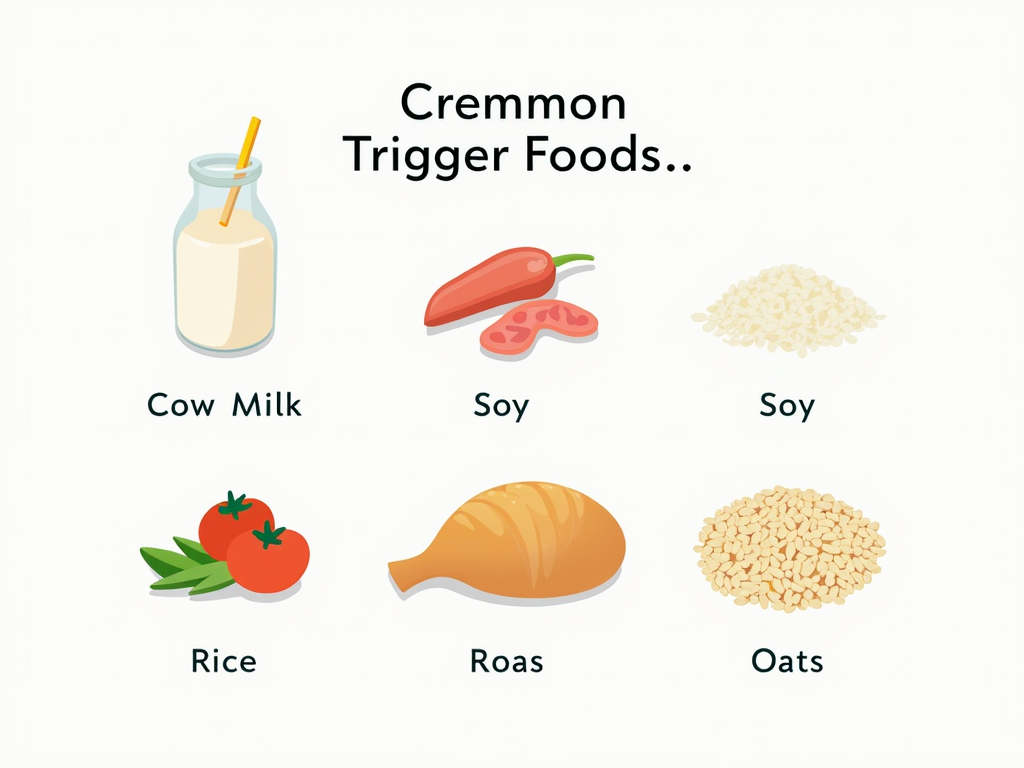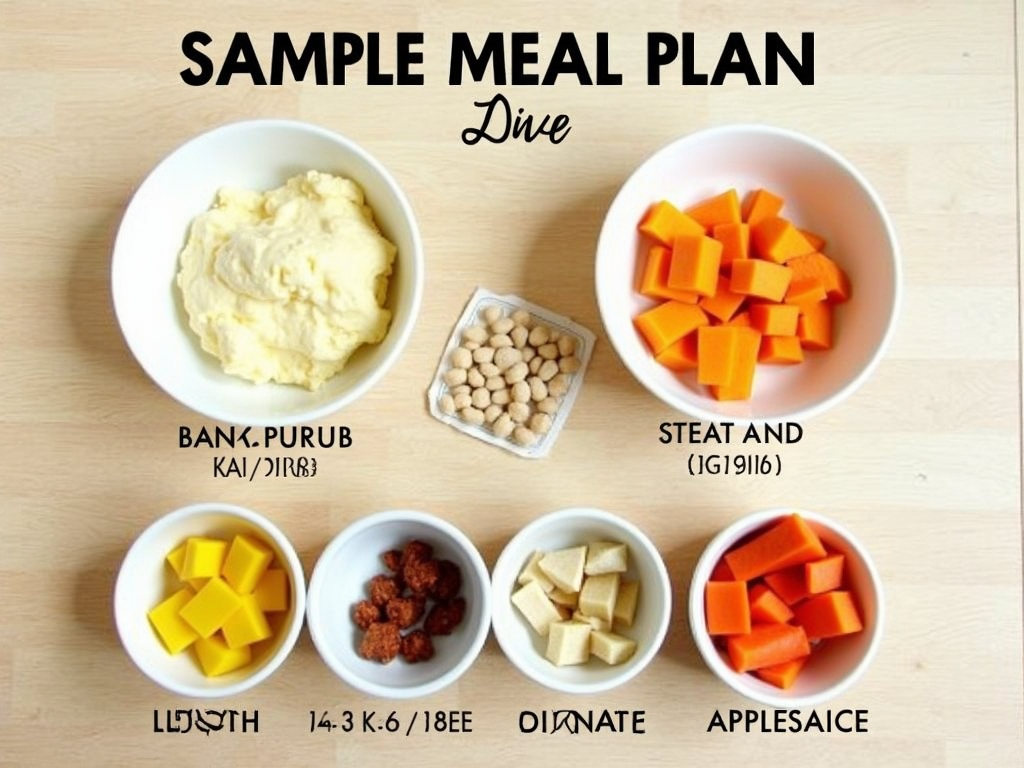Overview
Chronic Food Protein-Induced Enterocolitis Syndrome (FPIES) is a food allergy that hits the gut hard. Unlike acute FPIES with its sudden flare-ups, chronic FPIES drags on with ongoing symptoms like diarrhea, vomiting, and weight loss. Nutritional support is key to keeping it under control and living better.

Why Nutritional Support Matters
Living with chronic FPIES means food can feel like the enemy. The right nutrition keeps symptoms at bay and fills in the gaps left by avoiding trigger foods. It’s about more than just staying full—it’s about growing strong, especially for kids, and dodging bigger health issues down the road.
Understanding Chronic FPIES Symptoms
Chronic FPIES doesn’t mess around. You might deal with constant belly pain, loose stools, or throwing up after eating. Kids might stop gaining weight or even lose it. Fatigue creeps in too—not the syndrome kind, but that worn-out feeling from your body fighting itself. Good nutrition can turn the tide.

Guidelines for Nutritional Support
Here’s how to tackle chronic FPIES with food:
-
Find the Triggers
Start with a food diary. Write down everything you eat and how you feel after. Common culprits? Milk, soy, rice, oats, even chicken. A doctor or dietitian can guide an elimination diet to pin them down. -
Bring in Safe Foods
Once triggers are out, add safe stuff slowly. Think hypoallergenic formulas for babies or gentle solids like sweet potatoes. Test one food at a time and watch for reactions. -
Plan Your Meals
Get ahead of the game. Cook batches of safe meals at home. Check labels like a hawk for hidden triggers. Eating out? Call ahead or pack your own. It’s extra work, but it beats a flare-up. -
Keep Tabs on It
Track how you’re doing. Are symptoms fading? Is weight steady? Kids growing? Tweak the plan as needed—nothing’s set in stone.

- Team Up with Pros
You don’t have to do this alone. Dietitians build meal plans that work for you. Allergists spot triggers and handle reactions. Regular check-ins with a doctor keep everything on track. It’s a group effort for your health.
Fighting Chronic Fatigue with Food
Feeling wiped out is part of chronic FPIES for many. It’s not chronic fatigue syndrome, but the exhaustion is real—your body’s worn from inflammation or missing nutrients. Nutrition fights back: - Load up on calories with safe carbs like quinoa. - Sneak in proteins like turkey for energy. - Stay hydrated—it’s a game-changer. Talk to your doctor about vitamins if gaps linger, but don’t guess—get it checked.

Personal Insights: Living with Chronic FPIES
Imagine this: Sarah’s a 5-year-old with chronic FPIES. Her mom, Lisa, felt lost at first—milk and rice were off the table, and Sarah was dropping weight. They teamed up with a dietitian, built a plan with safe foods like turkey and carrots, and kept a diary. Months later, Sarah’s running around again. It’s not easy, but it works.
Tips from the trenches: - Jot down every bite and symptom. - Join online groups—others get it. - Teach your crew what’s safe so they’ve got your back.
Mental Health Matters Too
Chronic FPIES wears on your mind. You’re always on guard, and it’s lonely when food’s a battle. A solid diet lifts more than your body—it cuts stress by keeping symptoms quiet. Get the family in on it—shared meals build a safety net. Kids feel normal; adults feel less alone.

Handling the Cost
Special diets hit the wallet. Formulas and fresh foods add up. Save by cooking at home—big batches stretch dollars. Some programs help with costs—ask your doctor. It’s worth it for peace of mind and health.
Quick FAQ
What triggers FPIES most? Milk, soy, grains like rice. It varies, though.
How do kids get enough nutrients? Safe foods plus expert plans—monitor growth.
Adults too? Yep, rarer, but it happens.
Summary
Chronic FPIES is tough, but smart nutritional support makes it manageable. Avoid triggers, embrace safe foods, plan ahead, and lean on pros. It’s not one-size-fits-all—your needs shape the plan. With effort, you can ease symptoms, boost energy, and live fuller.
Discuss Here